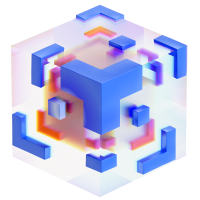Rollup as a Service: What is, Types, ZK vs Optimistic Rollups - much more!

Kevin Dwyer
October 11, 2023
5 min read
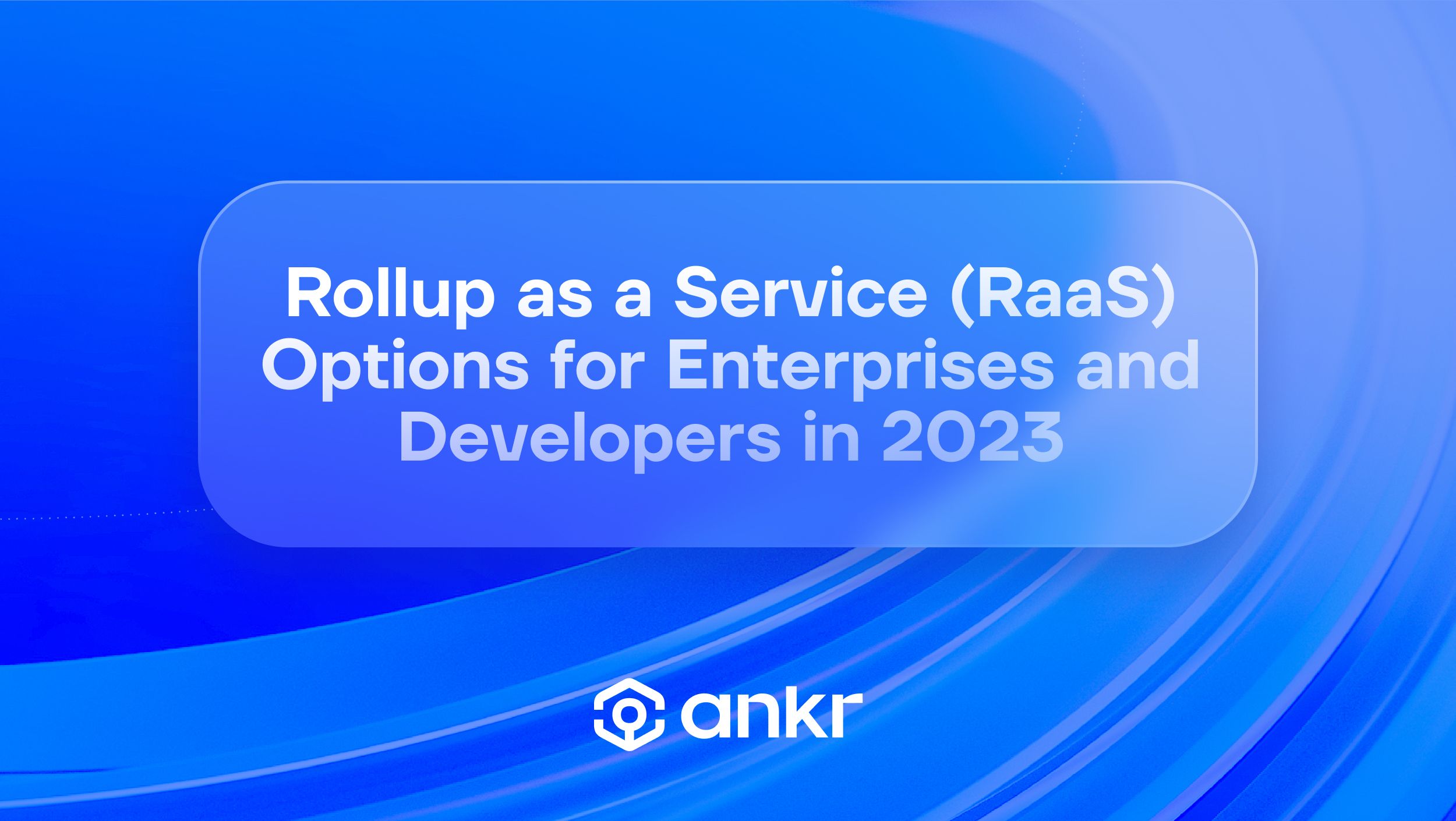
What if every decentralized application, enterprise, or crypto use case had the opportunity to operate on its own layer-2 blockchain? This is the question that Rollup-as-a-Service (RaaS) providers are seeking to answer. Layer-2s are becoming increasingly important for scaling Web3 to handle any amount of traffic. RaaS makes it easier than ever to launch a layer 2 rollup to provide dedicated infrastructure for a dApp so developers can focus on creating better experiences for the end user without worrying about network congestion or gas fees.
What Are Rollup-as-a-Service (RaaS) Providers?
RaaS providers are companies that offer a platform for developers to deploy and manage their own custom rollups. This produces a dedicated blockchain for their dApp or project to run on, meaning they don’t have to compete for traffic from the hundreds or thousands of other dApps running on public blockchains like Ethereum or Polygon. RaaS platforms typically provide a variety of features and services to make it easier for developers to launch and manage their rollups, such as:
- Rollup infrastructure: RaaS providers launch and operate the underlying node infrastructure needed to run a rollup, such as full nodes, validators, sequencers, and aggregators.
- Development tools: RaaS providers often provide development tools and frameworks to help developers build their rollups, such as SDKs and other tools.
- Security and auditing: RaaS providers can help developers secure their rollups and have them audited by third-party security firms.
- Engineering services: Some providers may provide complete engineering and deployment of the rollup for a hands-free and easy experience.
- Ongoing support: RaaS providers can provide ongoing support to developers, such as troubleshooting, performance optimization, and continued node operations.
RaaS platforms can help lower the barrier to entry for developers who want to launch their own rollups. By providing the necessary infrastructure and tools, RaaS platforms can make it easier for developers to focus more on building their applications and less on the technical challenges of running a rollup.
Some examples of blockchain Rollup-as-a-Service providers include:
- Caldera
- Conduit
- AltLayer
RaaS platforms are a relatively new development in the blockchain space, but they have the potential to play a major role in the future of scaling. By making it easier for developers to launch their own rollups, RaaS platforms can help to bring the benefits of rollups to a wider range of applications and users.
What Are Sidechain-as-a-Service Providers?
Sidechains, or AppChains as they are sometimes called, are a different type of blockchain scaling solution architecture. One of the key differences between sidechains and layer-2 chains is that sidechains have their own security model and validator infrastructure, while layer-2 chains inherit the security and decentralization of the layer-1 blockchain. This means that sidechains are more independent and flexible, but lack some of the benefits inherited from L1s like Ethereum.
Sidechain-as-a-Service (SaaS) providers are companies that offer a platform for developers to deploy and manage their own sidechains. Examples of SaaS providers include:
- Ankr
- Kaliedo
- Horizen Labs
Zero-Knowledge vs. Optimistic Rollups: What’s the difference?
Zero-knowledge (ZK) rollups and optimistic rollups are two types of layer-2 scaling solutions that are designed to improve the throughput and scalability of Ethereum. Both types of rollups work by bundling transactions together and processing them off-chain, but they differ in how they verify the validity of transactions.
Zero-knowledge rollups use zero-knowledge proofs to verify the validity of transactions without revealing any underlying data. Since the data relayed in these proofs is much smaller and more efficient than including all of the transaction info, it makes for a faster and more affordable means of verification.
Examples of ZK Rollups:
- zkSync
- StarkNet
- Polygon zkEVM
Optimistic rollups assume that all transactions are valid until proven otherwise, hence the “optimism.” This allows optimistic rollups to process transactions very quickly and cheaply, but it also introduces a risk of fraud. If a fraudulent transaction is submitted to an optimistic rollup, anyone can submit a fraud-proof to challenge it.
Examples of Optimistic Rollups:
- Optimism
- Arbitrum
- Boba
Why Should Developers Launch Their Own Rollup?
There are a number of reasons why Web3 developers should consider launching their own Layer 2 (L2) rollup:
- Improve scalability and performance: Rollups can significantly improve the scalability and speed of decentralized applications, enabling developers to onboard nearly any number of users – something very important for large enterprises entering the space.
- Reduce transaction fees and improve efficiency: Rollups can process more transactions at a lower cost by bundling them for processing off-chain. This means your users will have a much better experience with low or even zero gas fees.
- Tailor the rollup to the specific needs of the application: Developers can tailor their rollup to the specific needs of their application. This can include things like supporting custom smart contracts, transaction types, and security features.
- Capture value: Developers who launch their own rollup can capture value from the network by charging fees for transactions and data storage, launching their own on-chain assets, and other opportunities that otherwise go to public chains like Ethereum.
- Build a community: Launching a rollup can help developers to build a community around their project. This can lead to more users, developers, and investors supporting the project.
Join the Conversation on Ankr’s Channels
Twitter | Telegram Announcements | Telegram English Chat | Help Desk | Discord | YouTube | LinkedIn | Instagram | Ankr Staking
Similar articles.
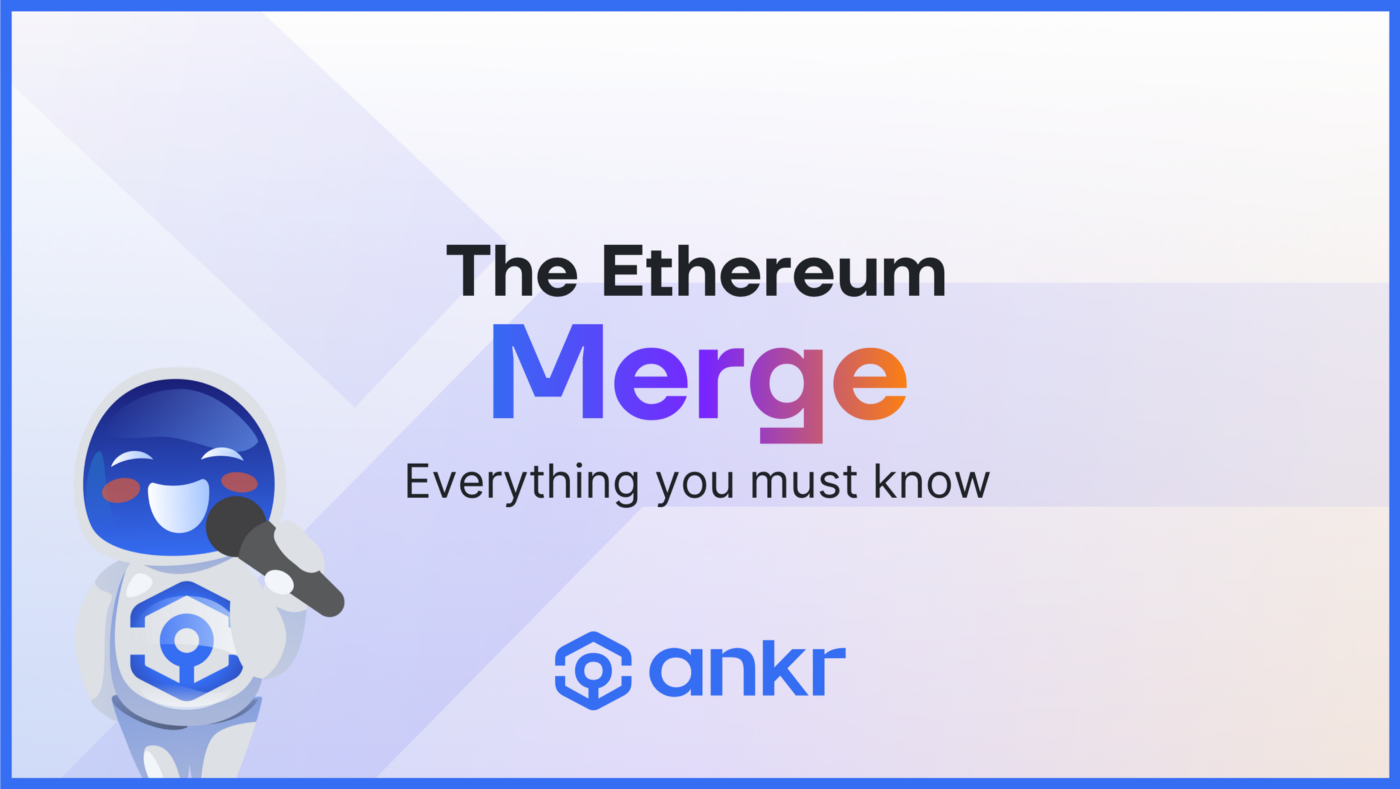
The Ethereum Merge: Everything You Must Know
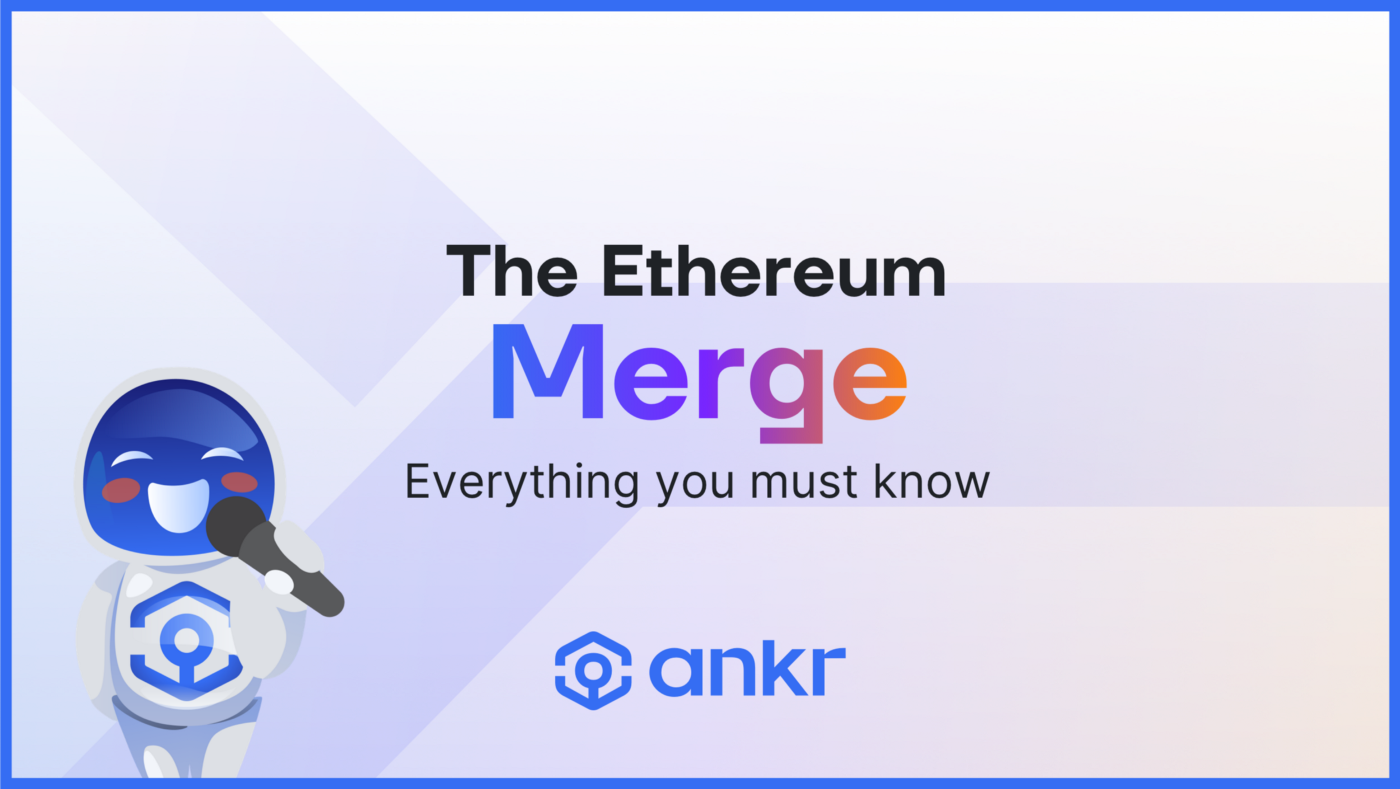
The phrase 'Merge' has sparked the imagination of many in the crypto world for quite some time. The Ethereum Merge has been on the minds...
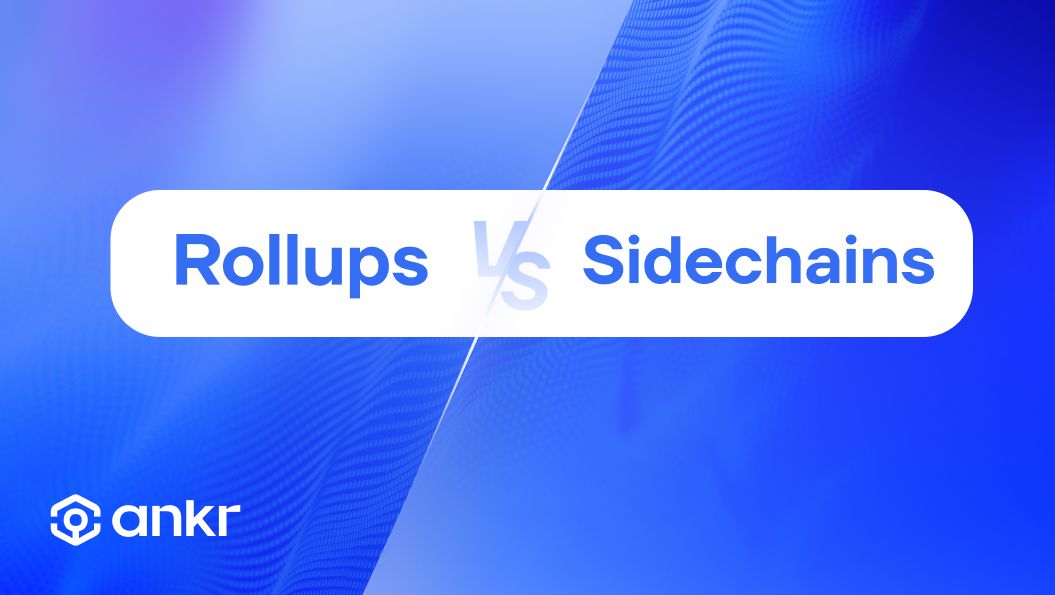
Rollups vs. Sidechains: Main Differences - Ultimates Guide In 2024

Kevin Dwyer
January 3, 2024

As the Web3 landscape exploded with growth and innovation, the scalability limitations of current blockchain technology became increasingly evident. Scalability, particularly on popular networks...
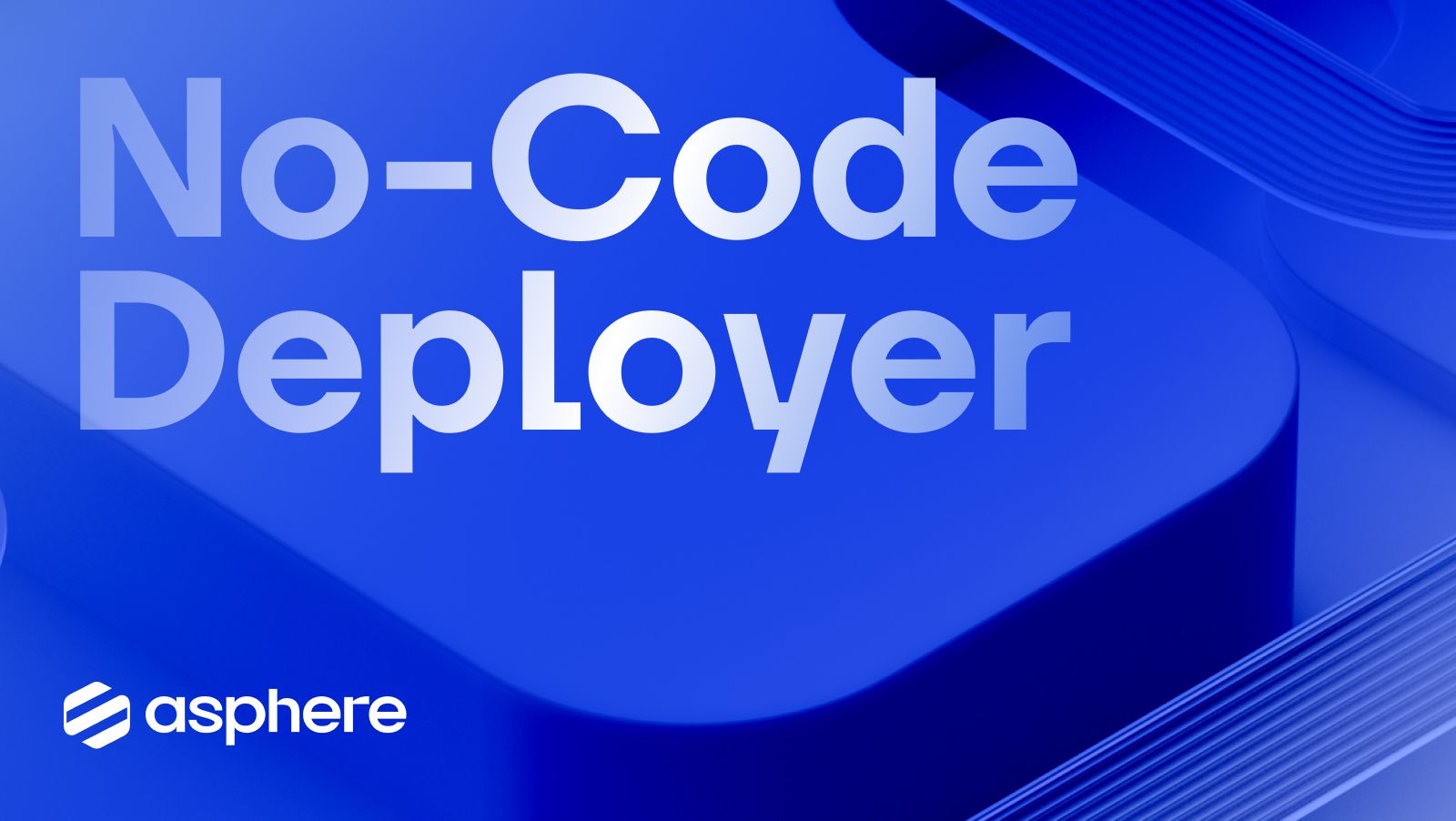
No-Code Deployer App for Rollups Is Live In Collaboration With Arbitrum!

Kevin Dwyer
July 9, 2024

Asphere, a partner company launched by the leadership team behind Ankr as the new home for enterprise-level projects, has just released an innovative no-code...
